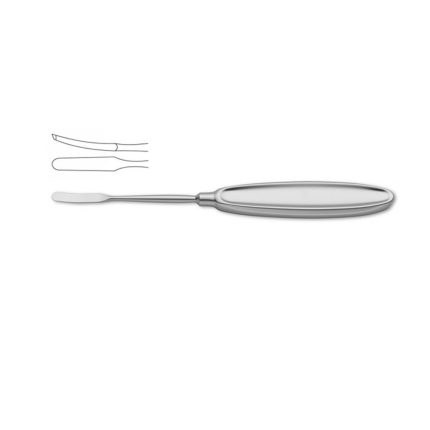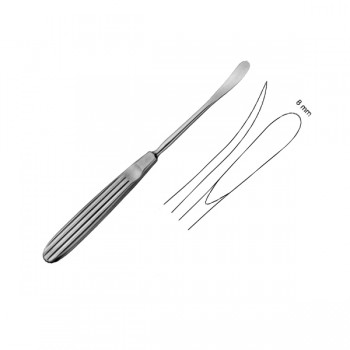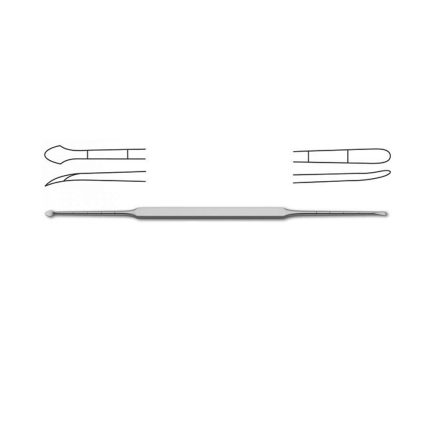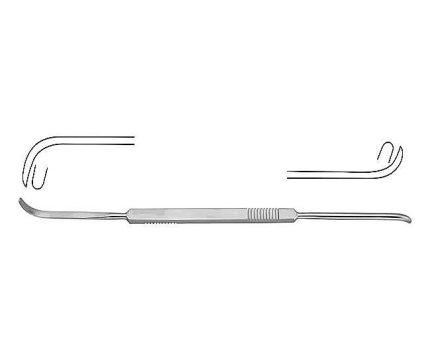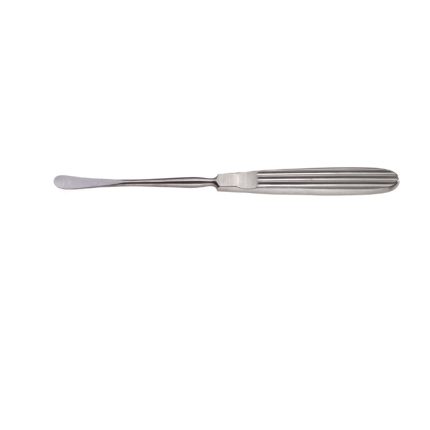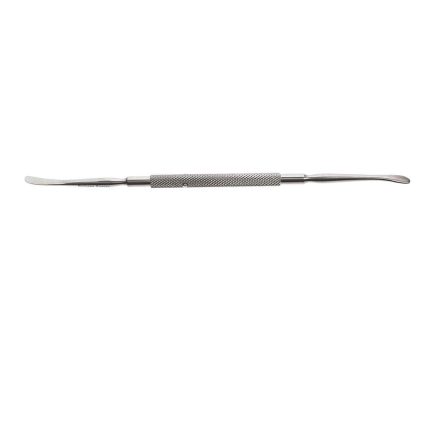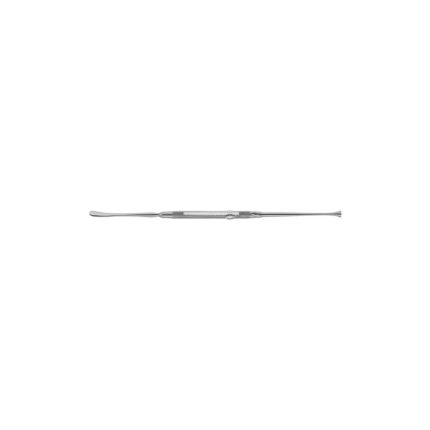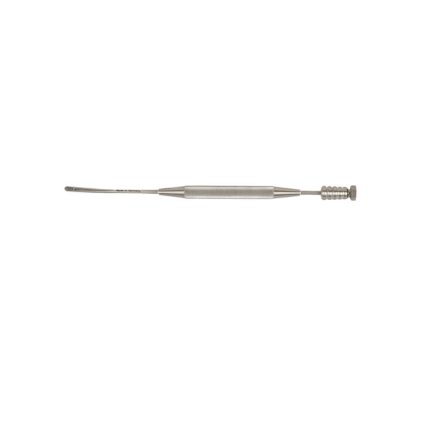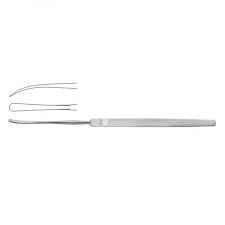ADMIRE SURGICAL ’s Surgical instruments are essential tools used in various medical procedures to ensure precise and safe interventions. Among these instruments, elevators play a crucial role in surgeries, particularly in the context of respiratory procedures and the management of respiratory conditions. This article explores the significance of elevators in surgical instruments and their role in respiratory health.
Elevators in Surgical Instruments:
Elevators are versatile instruments commonly used by surgeons and medical professionals in various specialties, such as thoracic surgery, otolaryngology (ENT), and general surgery.Elevators are indispensable tools in respiratory procedures,
- Airway Access and Exposure: Elevators are used to gently lift and move tissues surrounding the airways, providing clear access and visibility to the surgical site.
- Tissue Dissection and Separation: Elevators are used to separate and dissect tissues during respiratory surgeries. This can involve gently lifting the tracheal mucosa, separating adhesions, or dissecting fibrous tissues around the airway to facilitate the procedure.
Respiratory Surgical Instruments:
In addition to elevators, a wide range of specialized surgical instruments is employed in respiratory procedures. These instruments include:
- Bronchoscopes: Flexible or rigid bronchoscopes enable direct visualization of the airways, aiding in diagnostics and interventions.
- Tracheostomy Tubes: These are inserted through a surgically created opening in the trachea to establish a secure airway in patients who require long-term ventilation.
- Pulmonary Forceps: Designed for delicate grasping and manipulation of lung tissue, these forceps are used in lung surgeries and biopsies.
- Respiratory Suction Devices: These devices help remove excess mucus and secretions from the airways to maintain clear and unobstructed breathing.
Converse Periosteal Elevator
Cottle Periosteal Elevator
Cottle Periosteal Elevator – Double Ended
- Sharp & Blunt Tips for Atraumatic Periosteum Dissection.
- Slender Shanks with Depth Marks for Measuring Access Into the Nostrils.
- Ergonomic Solid Handle for Maximum Control.
Cottle Periosteal Elevator – Fine
- Sharp & Blunt Tips for Atraumatic Periosteum Dissection.
- Slender Shanks with Depth Marks for Measuring Access Into the Nostrils.
- Ergonomic Solid Handle for Maximum Control.
Cottle Septum Elevator
- Serrated Handle For Confident Non-Slip Grips.
- Slender Shaft For Easy Surgical Access.
- Two 5 mm Blades For Convenient Dissections.
Cottle Skin Elevator
- Sharp & Blunt Tips for Atraumatic Periosteum Dissection.
- Slender Shanks with Depth Marks for Measuring Access into the Nostrils.
- Ergonomic Solid Handle for Maximum Control.
Freer Septum Elevator – Blunt
- Serrated Handle For Controlled Movements.
- Premium Grade Materials For Reliable Service.
- Range Of Blades To Suit Diverse Indications.
Freer Septum Elevator – Double Ended
- Serrated Handle For Controlled Movements.
- Premium Grade Materials For Reliable Service.
- Range Of Blades To Suit Diverse Indications.
Freer Septum Elevator – Sharp
- Serrated Handle For Controlled Movements.
- Premium Grade Materials For Reliable Service.
- Range Of Blades To Suit Diverse Indications.
Gorney – Freer Suction Elevator
- Small Oval Port Promoting Atraumatic Suction.
- Blade Style Tip for Lifting Tissues with Precision.
- Ergonomic Solid Handle Ensuring Maximum Control.

